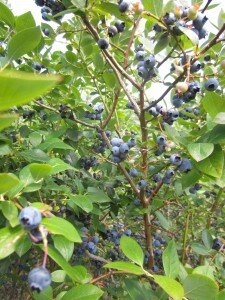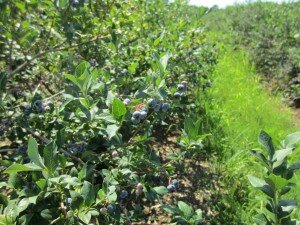Just 100 years ago, the highbush blueberry—that juicy, flavorful berry Michiganders know and love—did not exist. There were blueberries, sure, but they were the wild, lowbush variety. While lowbush blueberries were delicious, they were also inconsistent in size and yield, which made them challenging to grow on a large scale.
And that’s where Elizabeth White, the daughter of a New Jersey cranberry farmer, thought she could make a difference, despite the fact that previous attempts at blueberry cultivation had been unsuccessful and the endeavor was widely considered impossible. She had observed that lowbush blueberries grew between the cranberry bogs and that they ripened in July, making them a nice complement to September’s cranberry harvest.
She then read the work of a USDA blueberry researcher, Frederick Coville, and contacted the organization, offering to underwrite and carry out future research in blueberry production. The USDA took her up on the offer, and White and Coville worked together to develop plants that grew higher, produced larger, firmer berries, and yielded more consistent, predictable crops. By 1916, the world’s first commercial blueberry crop came to fruition.
Today, Michigan is the #1 state in highbush blueberry production, harvesting over 100 million pounds of them each summer. Most of Michigan’s highbush blueberries grow in a line from Muskegon to Saginaw Bay. Locavorious just picked up a delicious batch of highbush blueberries from Leduc Blueberries in Paw Paw—they’re already frozen and perfectly preserved, awaiting your enjoyment this winter.
If you haven’t signed up for the 2015-2016 CSA, click here to reserve your spot and keep eating local year-round!
– Maggie Cease, Local food system enthusiast, Fulbright Scholar, and Locavorious writer


